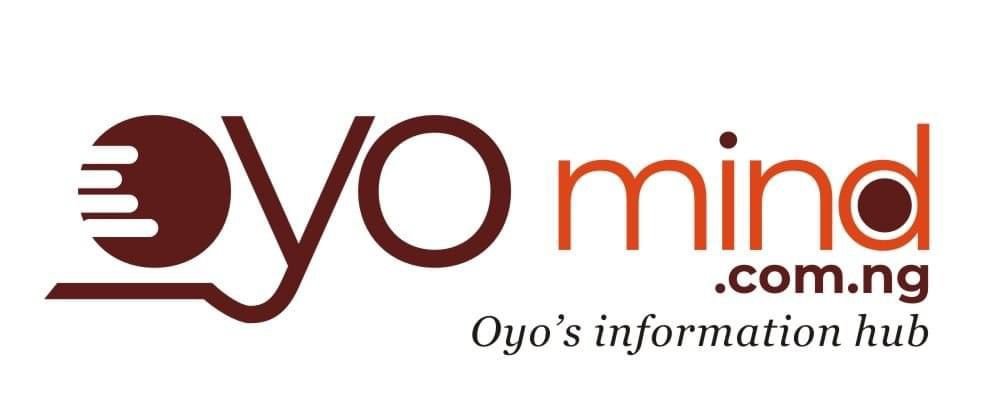The Oyo State House of Assembly on Thursday approved a supplementary appropriation of N299.8 billion, pushing the state’s total 2025 budget from the earlier N684.1 billion to an unprecedented N984 billion.
The approval, announced during plenary in Ibadan, has not only expanded the spending capacity of the Seyi Makinde-led administration but also triggered criticism over the financial sustainability of such a massive budget within a single fiscal year.
Chairman of the House Committee on Budget, Finance, and Appropriation, Hon. Sunkanmi Babalola, who represents Egbeda State Constituency, explained the rationale behind the supplementary allocation while addressing journalists shortly after the House session.
In his words, “The supplementary budget became necessary to accommodate several critical expenditures that were not initially captured when the 2025 budget was passed last year.
“These include allocations for the reconstruction of the Government House, payment of workers’ pensions, and provisions for a new national minimum wage. The reality of the state’s financial obligations in the current fiscal year required a reassessment. This supplementary appropriation reflects the dynamic nature of governance and the need to respond to emerging priorities.”
However, while the House justified the increase as a response to evolving demands, the sheer size of the budget, now just N16 billion shy of a trillion, has triggered growing concern among financial experts and policy analysts.
With Oyo State’s internally generated revenue (IGR) still hovering around N60 to N65 billion annually, critics argue that the new budget effectively represents 15 years’ worth of the state’s IGR compressed into one year of spending.
While provisions for pension arrears and a new wage structure are justifiable, the inclusion of non-urgent capital projects such as the reconstruction of the Government House reflects misplaced priorities, especially in a state still struggling with widespread poverty, infrastructure deficits, and underfunded local economies.
The state government has yet to publicly present a detailed funding breakdown to show how it plans to finance the additional N299.8 billion. While expectations of increased federal allocation and donor support have been floated, the absence of a transparent fiscal framework has raised speculation that large portions may be sourced through debt, which could saddle future administrations with liabilities.
Meanwhile, financial analysts have also warned that without a corresponding increase in revenue-generating reforms, Oyo may struggle to meet its obligations or complete projects within the time frame of the budget.






















